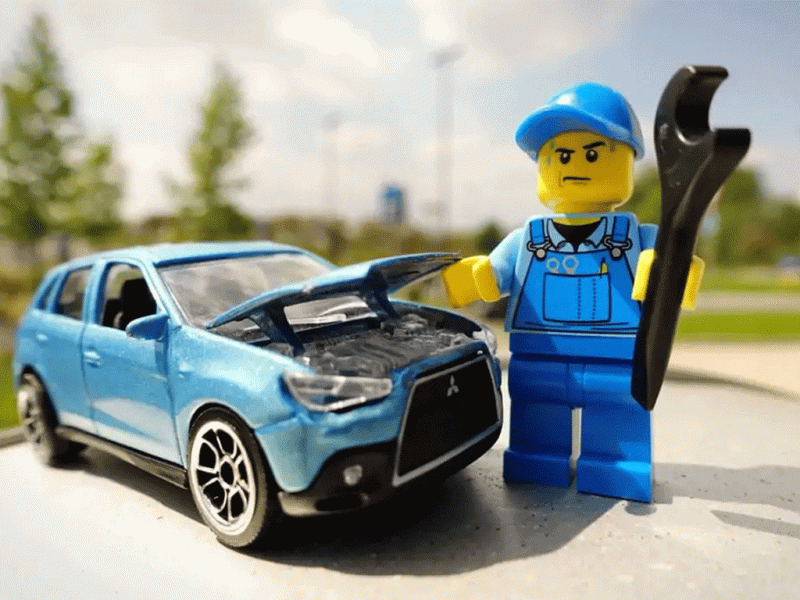Back in 2001, during the depths of the dot-com fallout, thousands of start-ups were going out of business. Uncharitable observers suggested that these firms lacked a sustainable model and that they might have survived if they had stuck to the following strategy:
Have an idea.
Make something.
Sell it.
As well-meaning as they may or may not have been, these critics had inadvertently regurgitated the rules of traditional manufacturing: come up with a concept, invest in its development, turn it into a product, stockpile the product and then go to the market and try to sell it.
This sort of approach can still be found among many manufacturers, as well as groups such as farmers. I call it “producers’ bias”. It has worrying echoes of the mantra that drives Ray Kinsella, the central character in Field of Dreams: “If you build it, they will come.”
The sad reality is that failure awaits a significant majority of new product launches and new businesses. Moreover, the cost of this failure is high: time, effort, stock, market credibility – all are lost.
Only a few large blue-chips can afford to absorb such a shock. For a start-up, which can’t simply press the reset button and try again, there’s usually no coming back. And this is why I prefer the opposite approach, which is to build backwards.
An exercise in real-world potential
Any venture capitalist will tell you that there’s no better validation for a new product or business than sales. However, since we’re advocating building backwards, a tricky question inevitably arises: how can you sell something that doesn’t yet exist?
The answer lies, to varying degrees, in rapid prototyping and validation. For products such as software, for instance, it’s relatively easy to arrange a controlled release of a beta version and harness the enthusiasm of early adopters to validate and then refine the offering.
With products such as fast-moving consumer goods, meanwhile, it’s possible to produce near-perfect facsimiles – both in terms of packaging and contents – and place them for sale. Depending on budget, a concept can be offered at selected retailers and its sales characteristics measured over days, weeks or months.
Different versions might be trialled at different sites or on different days. Various demographic groups of consumers can be targeted and their responses compared and contrasted. Stores with loyalty cards may provide especially accurate profiles of purchasers.
Of course, the unit cost will be much higher than that of the final intended product, but this isn’t the point. This is an invaluable investment in market validation and avoiding large failure costs – an exercise in gauging an idea’s real-world potential while there’s still time to beat a strategic retreat in the event of a poor response.
From mantra to question
As books such as Consumerology and Thinking, Fast and Slow have underlined in recent years, the only way to assess an overall buying decision is to count the actual number of individual buying decisions in an actual sales environment. In other words, there’s no substitute for genuine sales.
Of course, there are products and services that are less suited to this approach. Those that have high tooling costs are notably difficult to rapidly prototype and sell in this way.
Yet even then there may be proxies and parallels that can still seek to uncover consumer behaviour. If the bottom line – literally and figuratively – is that customers really prove their interest only when they hand over their cash then the goal must be to get as close as possible to this ideal and to make optimum use of whatever intelligence can be gathered.
Ultimately, there are perhaps three possible fates that await novel products and the start-ups responsible for them. They can fail when it’s too late to save them; they can fail when it’s still early enough to learn a lesson and try again; and they can succeed.
Building backwards can help to guard against the first option and encourage the second. Better still, it should lend itself to the third. It provides a means of saving money, reducing risk and understanding market decisions. It turns Ray Kinsella’s mantra into a supremely important question – “If you build it, will they come?” – and, crucially, it answers it.
David Falzani MBE is an Honorary Professor at Nottingham University Business School’s Haydn Green Institute for Innovation and Entrepreneurship and president of the Sainsbury Management Fellowship.
